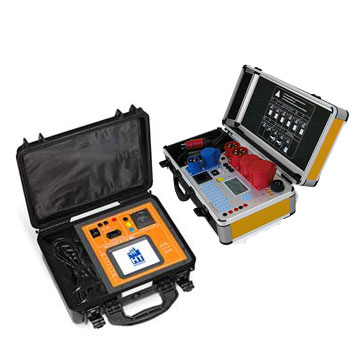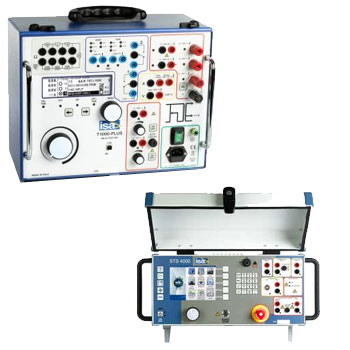- 2″ x 1″ BGO (Bi4Ge3O12) detector with superior efficiency
- Improved overall robustness with non-hygroscopic BGO detector
- Novel sourceless gain stabilization (Pat. US 9,864,076).
- High dose rate capability and neutron detection with one detector
- Nuclide identification at up to 1 million Ip/s
- Directional radiation detection
- Easy system integration through HTTP REST interface & universal API
- N42.42 data format for simple remote data transmission
- Remote control and configuration via web interface or app
- Nuclide library (> 70 nuclides) exceeds IEC-62755 and ANSI-42.34 requirements
 Datasheet Datasheet |
 Brochure Brochure |

The GRAETZ RadXplore-ident Radionuclide Identifier (RID) represents a significant advancement in the technology for identifying radioactive isotopes. Equipped with a 2” x 1” BGO (Bismuth Germanate, Bi4Ge3O12) detector, this device stands out for its superior efficiency in detecting radioactive radiation. The choice of BGO detector not only contributes to the improved overall robustness of the RadXplore-ident but also distinguishes itself through its non-hygroscopic nature, making it particularly suitable for use in various environments.
An innovative development in the field of radionuclide identification is the novel sourceless gain stabilization, for which a US patent (US 9,864,076) has already been granted. This technology ensures reliable performance stability without the need for a radioactive source, making the device safer and more practical to use.
The ability of the RadXplore-ident to handle high dose rates while simultaneously detecting neutrons demonstrates the exceptional performance and versatility of this detector. With the capacity to perform nuclide identifications at up to 1 million pulses per second (Ip/s), this identifier sets new standards in the industry.
Another outstanding feature is the capability for directional radiation detection, which simplifies the localization and identification of the radiation source. Integration into existing systems is facilitated by an HTTP-REST interface and a universal API, making the GRAETZ RadXplore-ident a flexible tool for a wide range of applications.
Support for the N42.42 data format allows for simple and efficient remote data transmission, while the ability to remotely control and configure the device via a web interface or an app makes its operation exceptionally user-friendly.
With a nuclide library that includes more than 70 nuclides, surpassing the requirements of IEC 62755 and ANSI 42.34, the RadXplore-ident provides a comprehensive solution for the challenges of modern radionuclide identification.











































































































































































